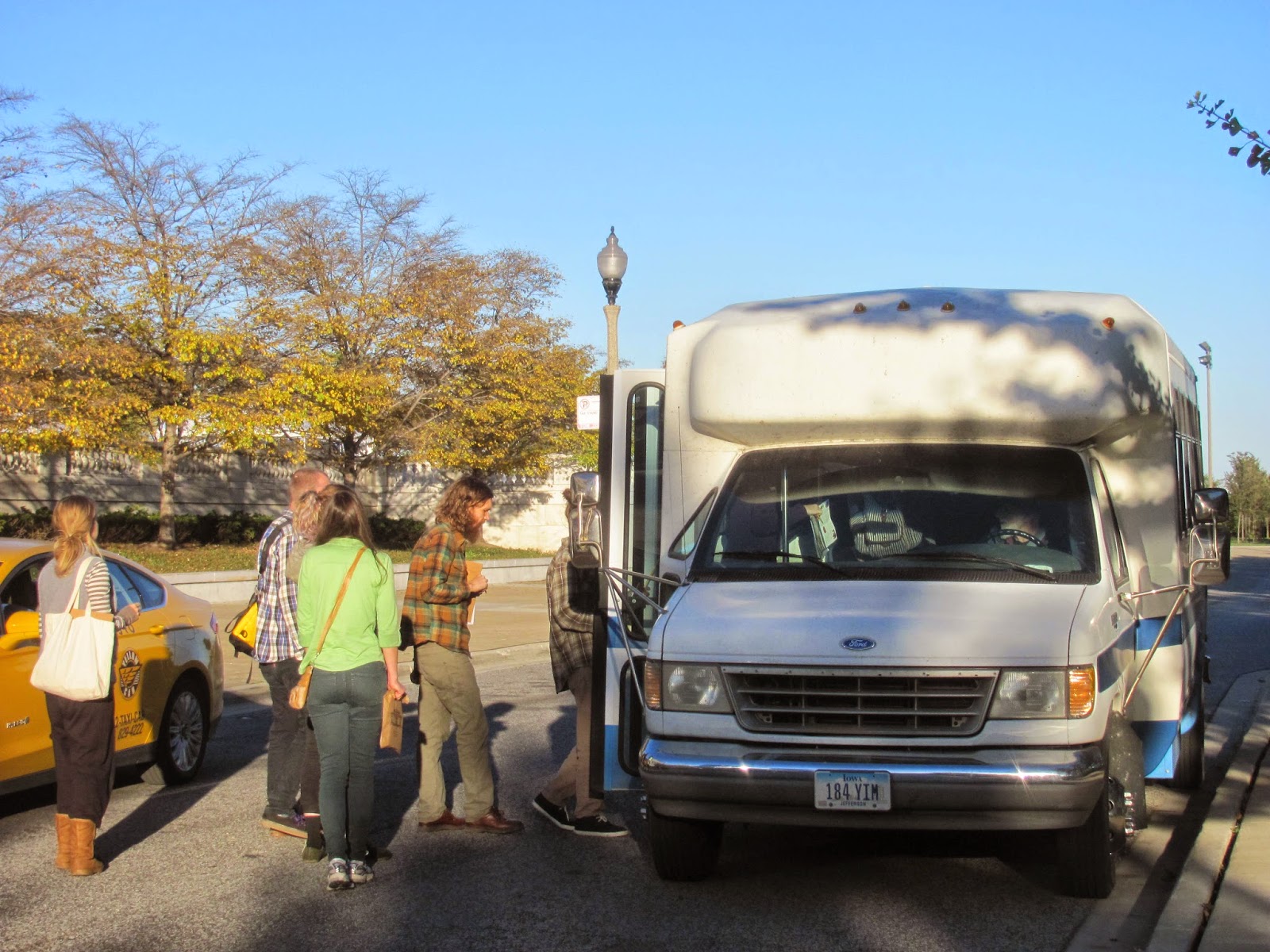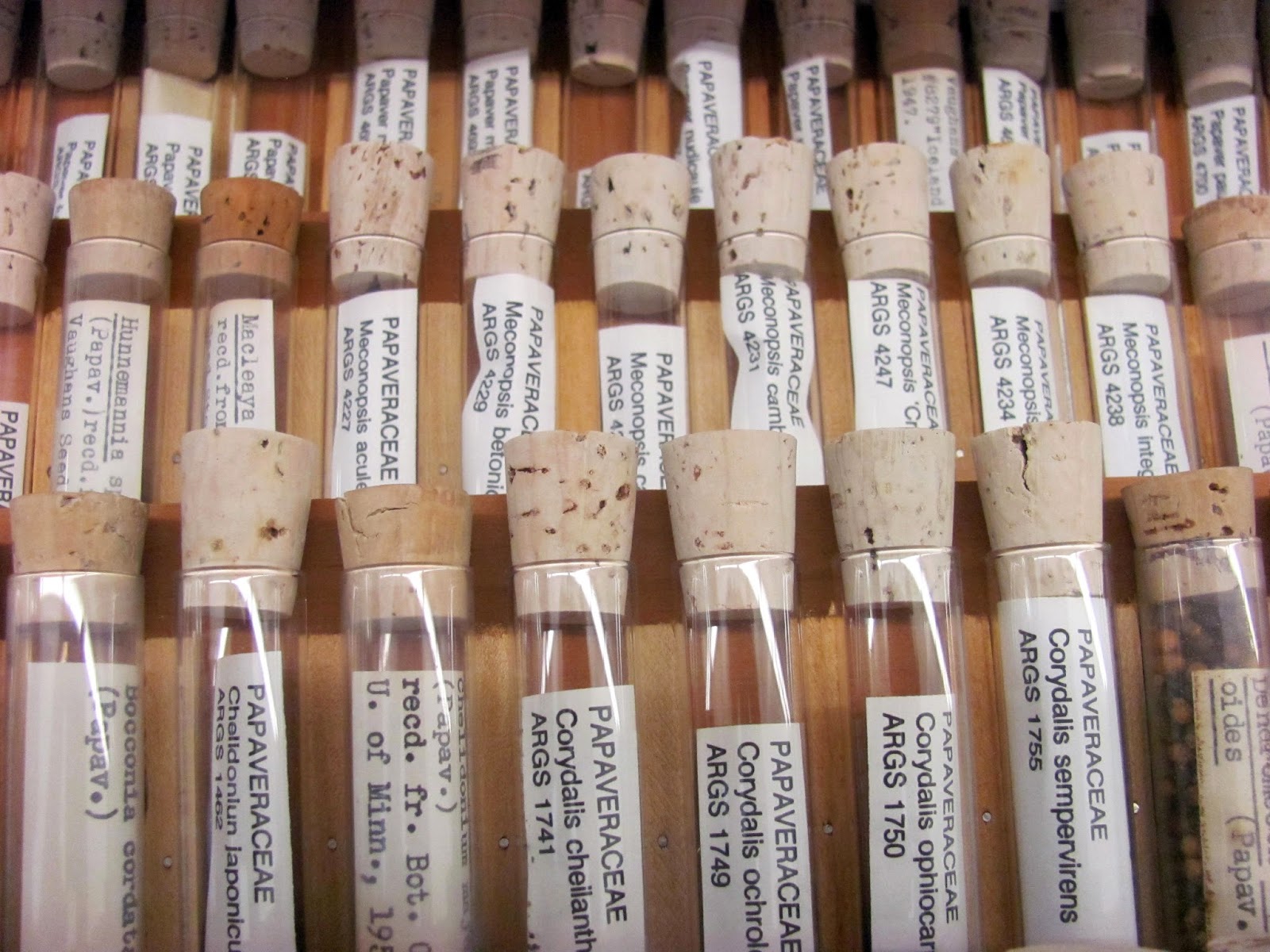long gray braid, turquoise cross,
a Navajo views the past
kept in a museum
What is he thinking, I wonder, as I watch an elderly Native American man watching a film about inter-tribal warfare at the Chicago Field Museum of Natural History. Does he think whoever made the video got it right? Did his ancestors fight like that, or was it other tribes? Did he grow up on a reservation? Does he live in the big windy city now? What's it like to see your people's past preserved as artifacts in a museum?
When I see him later, sitting on a bench in the immense hall that runs down the center of the museum, he looks like an ordinary tourist: black suit, white shirt, Donegal tweed cap. Except he's also wearing a turquoise cross on a squash blossom necklace and a large turquoise watch, which suggests that he is Navajo. In his right hand he's holding a white plastic bag, filled with . . . what? A dinosaur replica for his granddaughter? Travel food from home? An antique kachina doll? While we mill around him, he sits quietly, brown hand on chin, gazing off toward some distance where I can't follow.
John and I got up at 5 am to meet a group of 16 Sustainable Living students, a guide dog and their professor at Maharishi University for a field trip to the Field Museum. We leave at 7 am, with me driving the first leg into the glare of the rising sun from Fairfield to Blue Grass, just west of the Mississippi River. Then John takes over for the bulk of the six-hour trip to Chicago. At the museum, we gather in front of the 80' totem poles being erected in the central hall. I hope they are replicas, rather than originals removed from their home. Dr. Fisher hands out pieces of cardboard and white paper for the students' assignment: describe and draw pictures of 20 artifacts of their choice.
Another group of students poses in front of a case containing figures of costumed tribal dancers.
One of the most popular attractions is the almost complete fossil skeleton of "Sue," a Tyrannosaurus Rex, a show stopper at 42 feet (12.8 m) long from snout to tail and 12 feet (3.66 m) high at the hip, with a 600-pound head containing 58 dagger-like teeth.
Children point and gawk, and one pair of girls look like they want to climb over the railing for a closer encounter.
Another popular exhibit explores the conservation work of the Field Museum in restoring the Earth. Thank goodness young people are being educated about this crucial knowledge.
John and I didn't get a chance to eat lunch on the bus, so we head over to the Bistro, where a couple are enjoying refreshments. Then we spend the afternoon in the Native American section of the museum, which takes up one half of the first floor. More details on that in the following blog entry.
After a long day of bus travel and and walking and standing, we wait, a bit wearily, outside the colonnaded entrance for John to fetch the bus from the parking lot.
Other visitors are also waiting for their rides on the broad white marble steps.
Maybe on a red double decker bus.
Possibly a stretch limousine.
Or some of the sky blue Divvy rental bikes found in a network of docking stations all over the city.
And there's always foot power.
While we wait, Dr. Fisher points out two living fossils growing in the median strip. Equisetum, horsetail or snake grass, has been growing for over 100 million years and is the only living genus of its species. Gingko biloba, or maidenhair tree, dates back 270 million years and has no living relatives.
Dr. Fisher shows one of the students the small, yellow-orange, fruit-like seeds that have fallen to the ground from the female trees.
They look like small apricots, but do not eat! The stinky seeds smell like rancid butter and contain butryic acid. No wonder these trees with their fan-shaped leaves have survived so long!
The bus arrives and we head over to the Best Western Grant Park Hotel to check in and meditate.
We're on the 9th floor, at the very top, but not nearly as high as the skyscraper next door.
At 7 pm, we hop in the bus again for a trip along Lake Shore Drive, with a lovely view of the full moon casting a shimmering silver shaft of light on Lake Michigan. At an Ethiopian restaurant we sit at a long train of tables pushed together. Our waiter serves each group of four diners with a plate of sour, spongy injera made with fermented teff flour, each flatbread folded like warm hand towels, and a large round platter covered with a layer of overlapping injera topped with little piles of spicy berbere wat, lentils and various vegetables. Using our right hand, we tear off pieces of injera to scoop up the stew. Finger licking good!
The next morning we walk to the museum, passing Grant Park, filled with 106 rusty, headless giants, which appear to be walking in all directions. "Agora" was designed by Magdalena Abakanowicz, and each of the 9 foot tall, cast iron statues was created in Poland. In ancient Greece the agora was the central meeting place in a village or city. Grant Park, centrally located in Chicago, invites people -- residents, visitors, immigrants -- to congregate and mingle with the nonjudgmental, harmless armless figures.
Beyond the park, a long arched bridge spans the railroad tracks.
We continue along a curving walk, where I crane my neck to gaze at the sun-struck skyscrapers.
Beautiful tile murals depicting the waters of the lake.
We're scheduled for a behind-the-scenes tour of the research facilities on the third floor of the museum. Our vivacious guide, Christine, shows us the stacks, which hold thousands of samples of every conceivable plant. Formerly, they were protected by moth balls, and the smell still lingers, but an automated system now maintains the ideal preservation climate. Most of the stacks can now be moved electronically on rails, opening an aisle where needed for access.
Each spescimen is carefully labeled with its Latin name, location, date and names of collectors, as well its location in the stacks,
In another section the stacks are still moved manually by turning a wheel.
In this area, devoted to the many human uses of organic materials, Christine pulls out a drawer containing liquids in bottles.
There are seeds in bell jars.
Essences and essential oils, like this oil of hemlock. Remembering how Socrates died, I'm surprised not to see a skull and crossbones on this deadly poison!
Olive oil (orange!) in glass jars.
Wine bottles with crumbling wax over the corks and peeling labels.
Squat jars with metal lids containing South American carnauba wax and copal, used as incense.
Bottles with glass stoppers containing wood alcohol and other Florida wood products from Sunny South Products.
Hunks of golden resin, the sticky substance collected from trees, often used to make varnishes.
Panama hats showing various stages of weaving.
Christine cautions us to look but don't touch. She's wearing white gloves to keep the oil from her hands from damaging the samples that are not contained in boxes, plastic bags or bottles.
No basket is too small for the collection.
There are many unusual items, like this double coconut from the Seychelles made into a double flask.
And specimens that are beautiful as well as unusual, like this palm tassel.
There are gourds of all sizes, carefully nestled in foam collars or boxes with plastic lids.
Versatile rattan wrapped in rattan.
On the way out we pass shelves of old cases filled with documents.
And an office, gently cluttered, just the way I'd picture a museum staff's office.
On the second floor, John and I stop to watch a man peering through a microscope as he carefully releases a fossil from the surrounding stone with an electronic drill.
After lunch we say goodbye to the Field Museum and head home. At a rest stop on I-80, Dr. Fisher watches one of the students "fly" with the help of her friend, while Maya delights in sniffing the supporter's shoes!
While John drives and the students meditate, Maya takes a nap, her friendly foot wrapped around the comforting foot of Dr. Fisher.




















































No comments:
Post a Comment